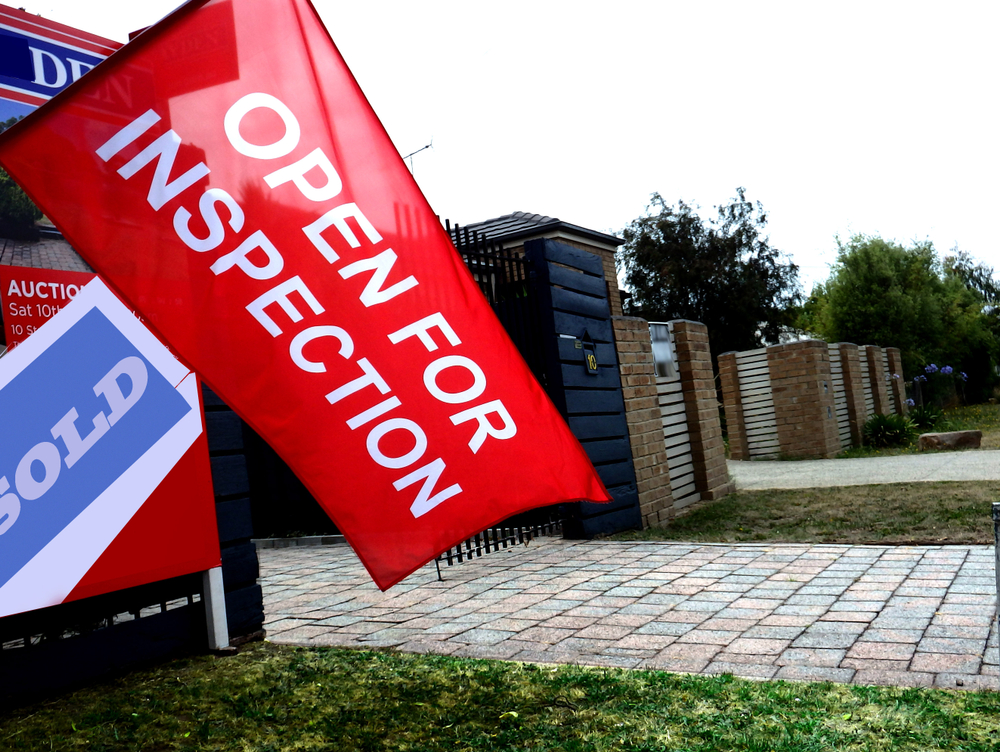The significant retirement cost awaiting more Australian homeowners
Experts say it’s the reason additional superannuation payments are so important
An increasing number of Australians expect to still be paying off a mortgage or renting in retirement, a new survey by superannuation provider Vanguard shows. The findings mirror trends revealed by the Australian Institute of Health and Welfare last year. The AIHW says homeownership rates are gradually decreasing among people nearing retirement. Since 1996, homeownership among 50 to 54-year-olds has fallen from 80 percent to 72 percent in 2021, according to Census data. The number of people aged 55 or older who are renting also rose from 17.5 percent in 1996 to 20.6 percent in 2021.
Vanguard’s How Australia Retires report shows nearly one in three working Australians today expect they will still be paying off their home loans in retirement. The expectation is higher among younger generations, with 45 percent of Gen Zs (aged 18 to 27 years) expecting to be doing so compared to 29 percent of millennials (aged 28 to 42), 32 percent of Gen Xers (aged 43 to 57) and 17 percent of baby boomers (aged 58 to 77).
Vanguard says almost one in five retirees today are renting and 8 percent are still paying off a home loan. The likelihood of retiring with a mortgage or renting is significantly higher for those who are not in a relationship compared to those with a partner, at 31 percent and 8 percent, respectively.
Achieving debt-free home ownership is especially important given so many Australians intend to remain in their homes as long as possible. The survey found 56 percent of retired Australians and 46 percent of workers want to remain in their family home for life and/or want to pass it on to relatives in their Wills. This suggests holding onto the family home in retirement is a priority, even if that means continuing to pay interest on debt.
Daniel Shrimski, Managing Director of Vanguard Australia, said housing tenure was a “sleeper issue”in retirement.
“Housing is either the largest or second largest asset held by Australian households, so it’s also one of the most important contributors to a secure retirement,” he said. “We tend to presume we’ll be homeowners and mortgage free – but having unresolved debt or needing to draw down on savings to pay rent is likely to be a big financial burden for many, especially if full-time paid work is no longer an option.”
Mr Shrimski said this is why it’s so important for Australians to prioritise superannuation savings, yet 49 percent of workers have not made additional contributions to their superannuation and 27 percent have no intention of doing so, despite the generous tax concessions available. The report also found less than one–third of workers felt confident in their understanding of superannuation.
Many Australians intend to use at least part of their super to pay off mortgage debt. The survey asked Gen Xers – the next generation to retire – about their plans to pay off their mortgage. About 38percent said they intend to keep paying their mortgage through retirement, while 25 percent intend to use their super to pay it off in one hit.
A divide has opened in the tech job market between those with artificial-intelligence skills and everyone else.
A 30-metre masterpiece unveiled in Monaco brings Lamborghini’s supercar drama to the high seas, powered by 7,600 horsepower and unmistakable Italian design.
Buyer demand, seller confidence and the First Home Guarantee Scheme are setting up a frantic spring, with activity likely to run through Christmas.
The spring property market is shaping up as the most active in recent memory, according to property experts Two Red Shoes.
Mortgage brokers Rebecca Jarrett-Dalton and Brett Sutton point to a potent mix of pent-up buyer demand, robust seller confidence and the First Home Guarantee Scheme as catalysts for a sustained run.
“We’re seeing an unprecedented level of activity, with high auction numbers already a clear indicator of the market’s trajectory,” said Sutton. “Last week, Sydney saw its second-highest number of auctions for the year. This kind of volume, even before the new First Home Guarantee Scheme (FHGS) changes take effect, signals a powerful market run.”
Rebecca Jarrett-Dalton added a note of caution. “While inquiries are at an all-time high, the big question is whether we will have enough stock to meet this demand. The market is incredibly hot, and this could lead to a highly competitive environment for buyers, with many homes selling for hundreds of thousands above their reserve.”
“With listings not keeping pace with buyer demand, buyers are needing to compromise faster and bid harder.”
Two Red Shoes identifies several spring trends. The First Home Guarantee Scheme is expected to unlock a wave of first-time buyers by enabling eligible purchasers to enter with deposits as low as 5 per cent. The firm notes this supports entry and reduces rent leakage, but it is a demand-side fix that risks pushing prices higher around the relevant caps.
Buyer behaviour is shifting toward flexibility. With competition intense, purchasers are prioritising what they can afford over ideal suburb or land size. Two Red Shoes expects the common first-home target price to rise to between $1 and $1.2 million over the next six months.
Affordable corridors are drawing attention. The team highlights Hawkesbury, Claremont Meadows and growth areas such as Austral, with Glenbrook in the Lower Blue Mountains posting standout results. Preliminary Sydney auction clearance rates are holding above 70 per cent despite increased listings, underscoring the depth of demand.
The heat is not without friction. Reports of gazumping have risen, including instances where contract statements were withheld while agents continued to receive offers, reflecting the pressure on buyers in fast-moving campaigns.
Rates are steady, yet some banks are quietly trimming variable and fixed products. Many borrowers are maintaining higher repayments to accelerate principal reduction. “We’re also seeing a strong trend in rent-vesting, where owner-occupiers are investing in a property with the eventual goal of moving into it,” said Jarrett-Dalton.
“This is a smart strategy for safeguarding one’s future in this competitive market, where all signs point to an exceptionally busy and action-packed season.”
Two Red Shoes expects momentum to carry through the holiday period and into the new year, with competition remaining elevated while stock lags demand.
From Italy’s $93,000-a-night villas to a $20,000 Bowral château, a new global ranking showcases the priciest Airbnbs available in 2026.
Once a sleepy surf town, Noosa has become Australia’s prestige property hotspot, where multi-million dollar knockdowns, architectural showpieces and record-setting sales are the new normal.



















